What can be done to strengthen Parks Victoria? Currently Parks is running a community engagement campaign designed to elicit new ideas about how our parks system can run better.
You can find details about the campaign, and how you can participate here .
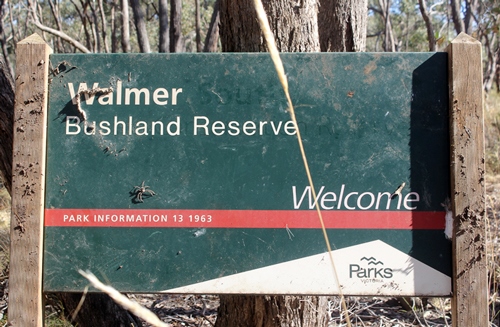
The spider tells the story: this sign was found by FOBIF members buried under debris… We propped it against a tree. Understaffing and poor resources means basic Parks infrastructure and maintenance are neglected.
The campaign is backed by a discussion paper, Strengthening Parks Victoria, which is full of good ideas and info about our Parks System. We learn, for example, how Parks can improve people’s health, how they can protect biodiversity, how they’re vital in maintaining our water supply, and how they can increase the community’s understanding and appreciation of nature. None of this is new.
Almost the only thing missing from the document, in fact, is the information that our Parks are seriously under resourced. This puts a double question mark after most of the excellent aspirations in the document.
The entire exercise has a feel good quality: lots of photos of happy people and healthy animals doing their thing, under the benign eye of a well paid ranger. This can have a slightly cloying effect on the reader, as we pointed out in our post on the PV Annual report this year. This document, as readers will remember, essentially told us that the world was crashing around Parks Victoria’s ears, but that God was in His Heaven, and All was Well: although savage budget cuts had gutted PV’s ‘core operations’, a new era of ‘excellence’ was dawning.
For a grimmer account of the state of our park system, we recommend the March edition of Parkwatch magazine, available online here: The gist of this is something readers of this site will be familiar with: Parks need more money.
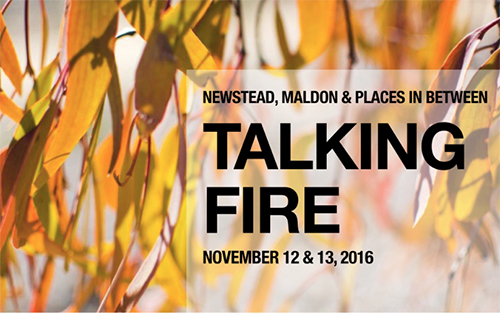 You can find out more here and the draft program for the weekend can be found here. The event is free but bookings are required.
You can find out more here and the draft program for the weekend can be found here. The event is free but bookings are required.
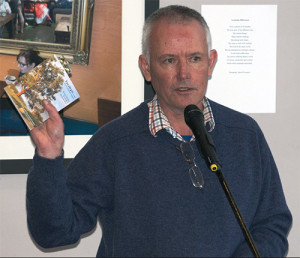
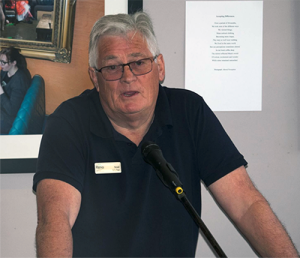
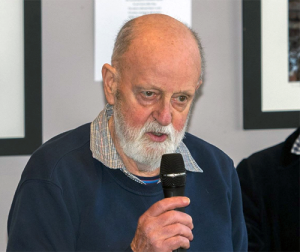
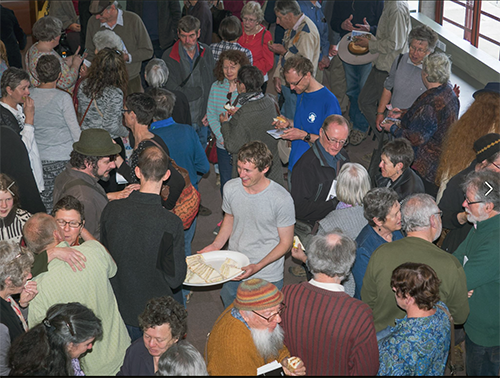
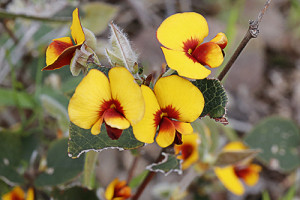
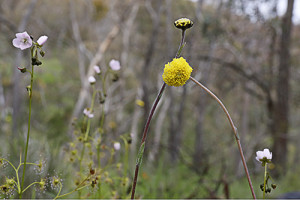
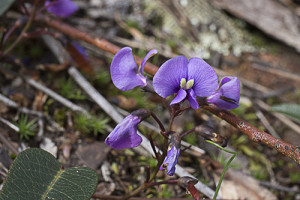
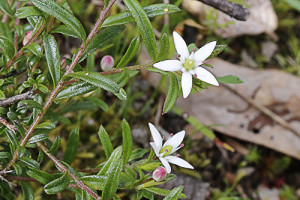
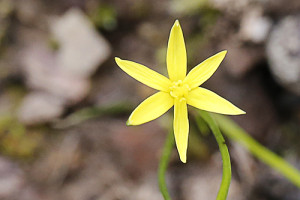
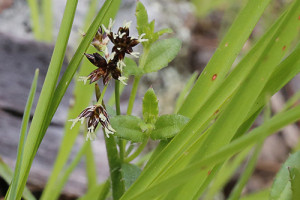
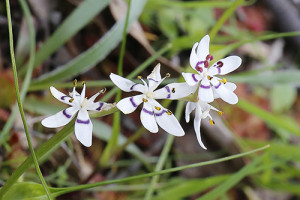
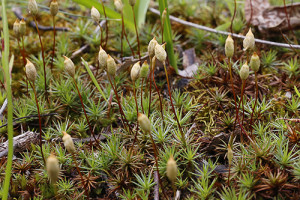
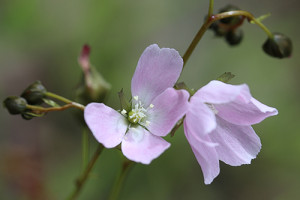
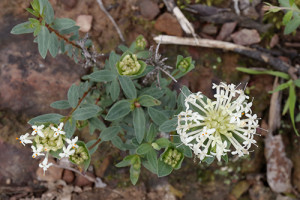

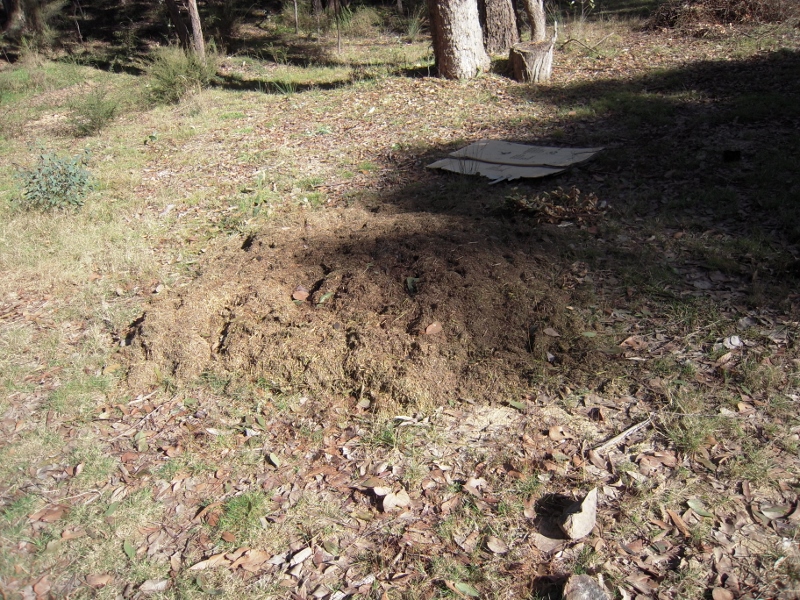
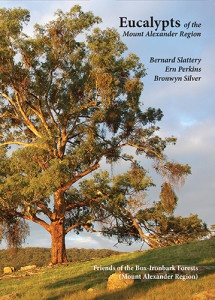
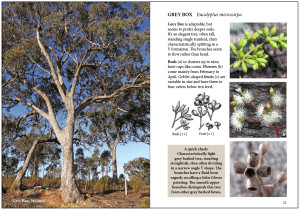
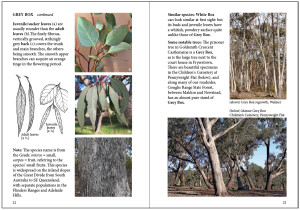



 Click on image for info/order page
Click on image for info/order page Click on image for info/order page
Click on image for info/order page Click on image for info/order page
Click on image for info/order page




















